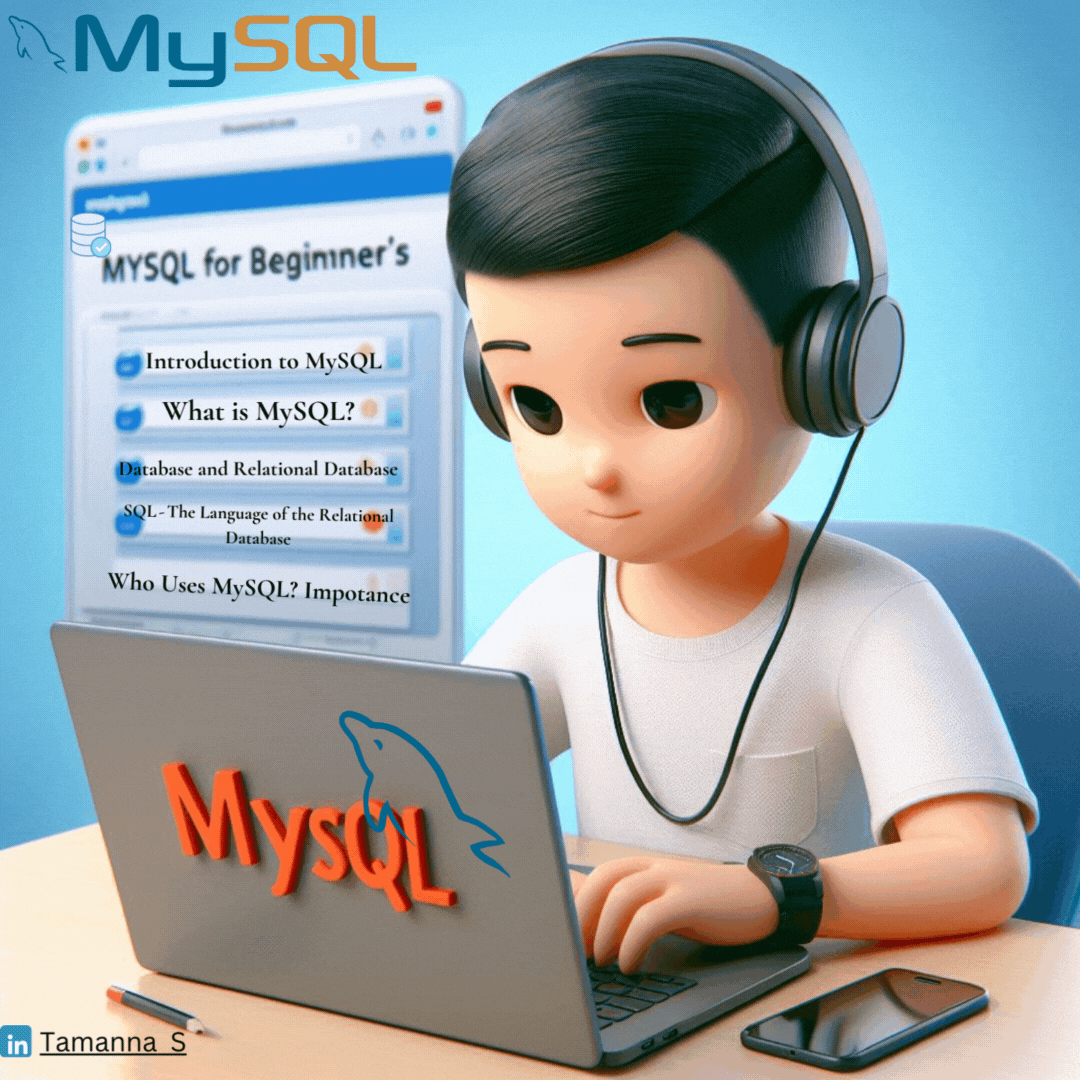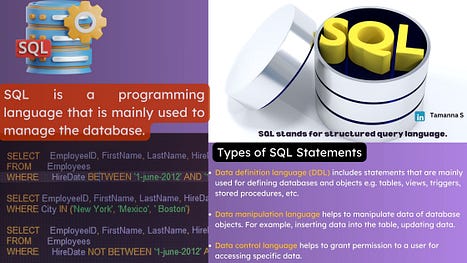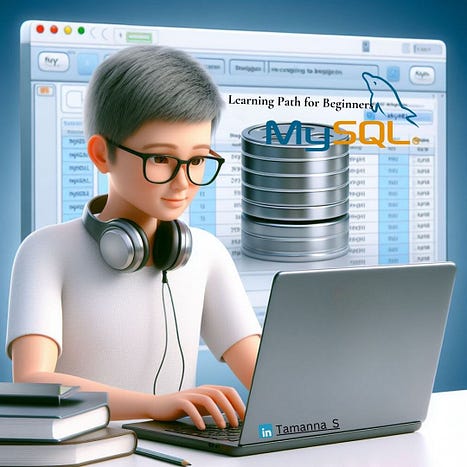Embarking on MySQL Learning: A Beginner’s Roadmap

Welcome to the first entry of our MySQL for Beginners series! If you’re taking your initial steps into the world of databases, you’re in for an adventure. MySQL is a powerful tool that, once mastered, can open up a universe of data management possibilities.
Introduction to MySQL: MySQL is an open-source relational database management system (RDBMS) developed by Oracle Corporation. This database is based on structured query language (SQL).MySQL is often used with other programs to implement applications that need relational database capability. It is a part of the LAMP Web application software stack which is Linux, Apache, MySQL, and PHP.
What is MySQL?

- MySQL is an RDBMS that allows you to manage relational databases. It’s used for a variety of applications, including data warehousing, e-commerce, and logging applications etc.
You should be familiar with SQL and the database before delving deeply into the MySQL database.
Database and Relational Database:
- A database is a collection of data that can be accessed by computers, while a relational database structures data into tables that can be linked — or related — based on data common to each.

SQL — The Language of the Relational Database
- SQL is the language used to communicate with and manipulate relational databases. MySQL, as the name suggests, uses SQL for this purpose.

Who Uses MySQL?
- From small startups to global giants, MySQL is the go-to for businesses needing a robust database solution. It’s also the foundation for many web applications, including WordPress and Facebook.
Showing Data On Your Web Site with MySQL RDBMS
- MySQL can be integrated with your website to dynamically display data. Whether it’s blog posts, user profiles, or product listings, MySQL handles it all with ease.
Why is MySQL Important and How is it Useful?
- MySQL is essential for managing large volumes of data efficiently and securely. It’s a fundamental tool for web developers, and learning it is a step towards mastering back-end web development.
Learning Path for Beginners:

- Start with the MySQL basics: What are databases?
- Install MySQL and get your hands dirty.
- Dive into SQL: Learn how to create, read, update, and delete data.
- Practice with real-world examples.
- Books and a 1:1 Mentor
- Build a simple web application to see MySQL in action.
Conclusion We’ve just scratched the surface of what MySQL offers. Stay tuned for our next blog post, “MySQL for Beginners: Part 1 (Installation of MySQL),” where we’ll explore more topics. If you enjoyed this post, don’t forget to clap 👋and follow me on LinkedIn for more insights. Happy querying!
Comments
Post a Comment